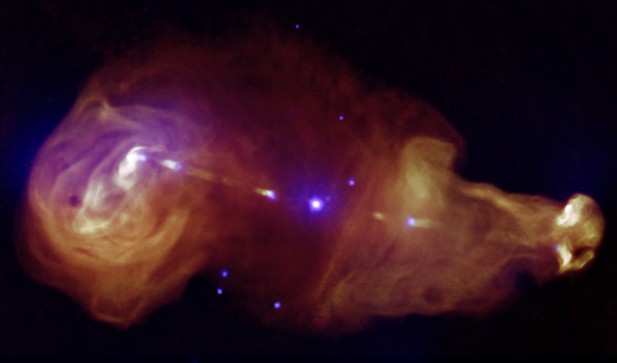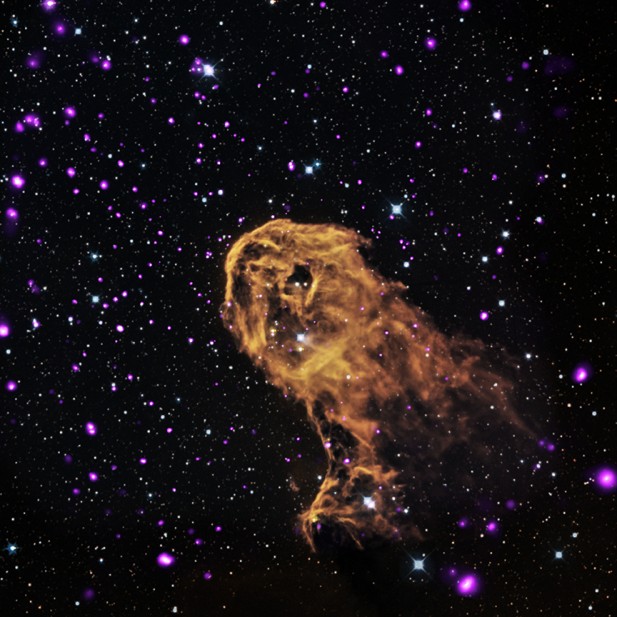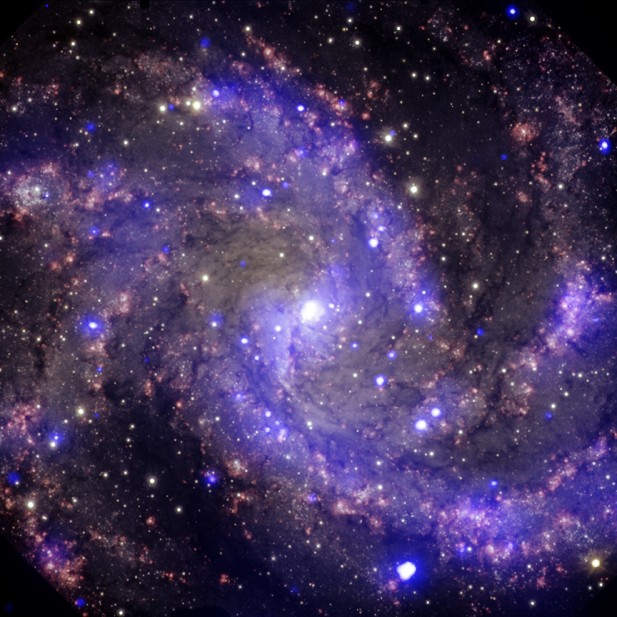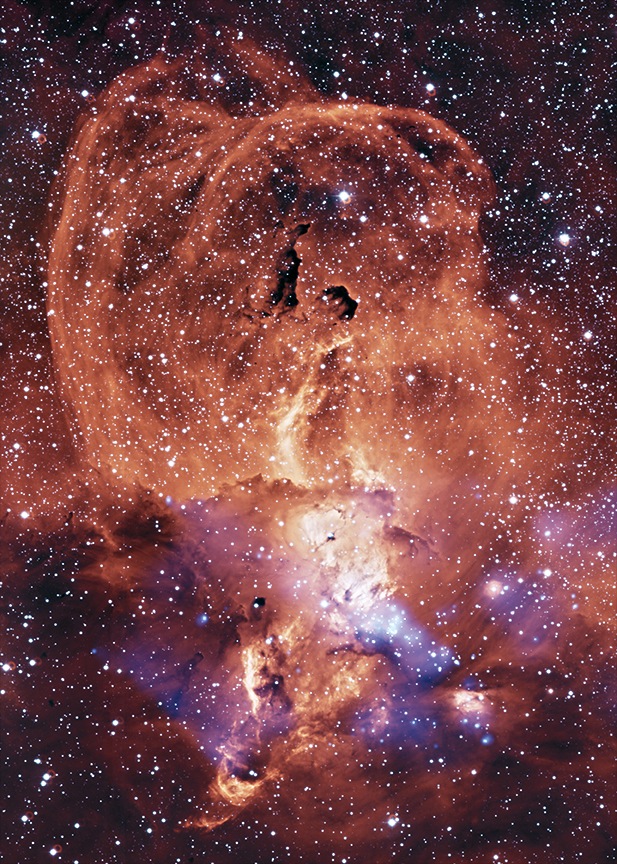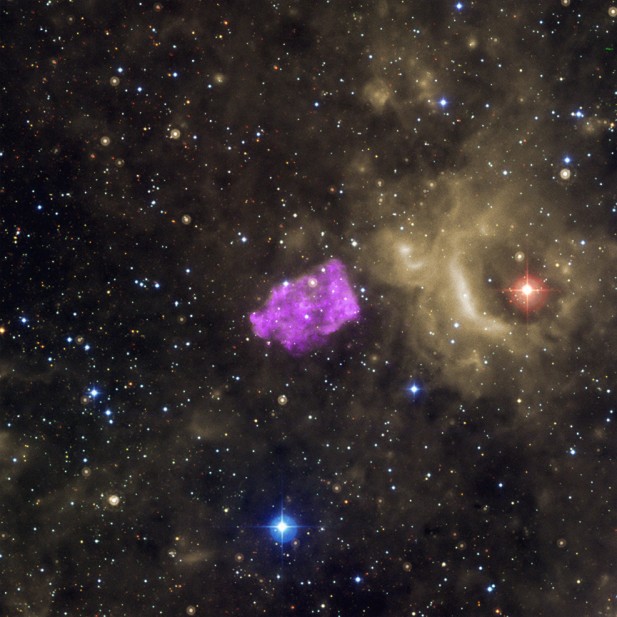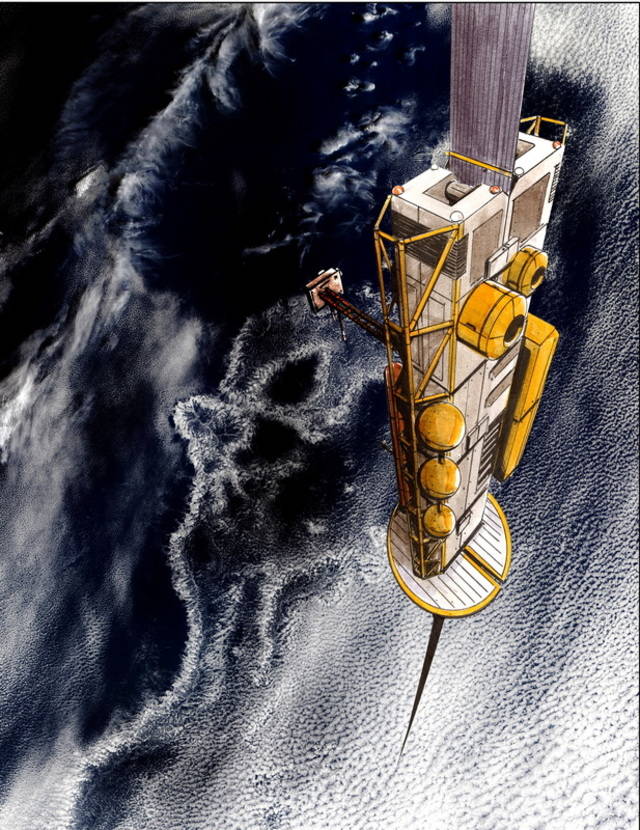Every once in a while, NASA release previously unseen footage from space, and their most recent publication is a handful of greatest hits from the massive archive of unprocessed celestial images housed at the Chandra X-Ray Observatory.
The Chandra X-ray Observatory is one of the NASA’s “Great Observatories,” alongside the Hubble Space Telescope and the Spitzer Space Telescope. Chandra’s space-based telescope has been in orbit space since 1999, capturing the cosmos in X-ray vision. X-ray imagery is used to detect far more detail than any photos of space taken from Earth, and enabling scientists to explore unexplored parts of the universe.
Supermassive Black Hole
his galaxy, known as NGC 4945, is only about 13 million light years from Earth and is seen edge-on. X-rays from Chandra (blue), which have been overlaid on an optical image from the European Space Observatory, reveal the presence of the supermassive black hole at the center of this galaxy.
Giant Radiation Plumes
C353 is a wide, double-lobed source where the galaxy is the tiny point in the center and giant plumes of radiation can be seen in X-rays from Chandra (purple) and radio data from the Very Large Array (orange).
Elephant Trunk Nebula
When radiation and winds from massive young stars impact clouds of cool gas, they can trigger new generations of stars to form.
Fireworks Galaxy
n the past century, eight supernovas have been observed to explode in the arms of this galaxy.
Glowing Gas
A region of glowing gas in the Sagittarius arm of the Milky Way galaxy, NGC 3576 is located about 9,000 light years from Earth.
Galactic Supernova Remnant
Researchers think its box-like appearance is produced as the heated remains of the exploded star.
For more on some awesome space photography, check out these great photos of the Apollo moon missions.


